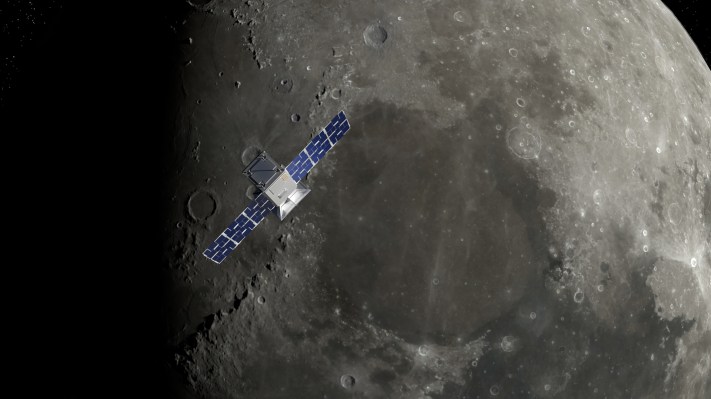Watch Rocket Lab launch NASA’s CAPSTONE mission to the moon live – TechCrunch
After repeated delays, the microwaved oven-sized CubeSat known as CAPSTONE may finally start its long journey to the moon. With this launch, NASA aims to begin the first chapter of its ambitious Artemis program, and lay the groundwork for what would be a first in human history: an orbiting crewed platform around the moon.
Before the crewed platform, which the agency is calling “Gateway,” can launch, NASA is first testing a unique, highly elliptical orbit around the moon. That’s where CAPSTONE, or Cislunar Autonomous Positioning System Technology Operations and Navigation Experiment, comes in. The CubeSat will travel along that exact orbit (called a near-rectilinear halo orbit) for six months, gathering important data for NASA scientists.
To get there, CAPSTONE will launch aboard a Rocket Lab Electron rocket from the company’s site on New Zealand’s remote Māhia Peninsula. It’s “the highest mass and the highest performance Electron has ever had to fly by quite some margin,” Rocket Lab CEO Peter Beck told TechCrunch earlier this week.
Rocket Lab developed a variant of its Photon spacecraft called “Lunar Photon” specifically for this mission. That spacecraft will conduct a series of maneuvers to get CubeSat on the right trajectory to the moon.
CAPSTONE is also the result of major contributions from other industry players. Notably, Advanced Space developed, owns and is operating CAPS; Tyvak International built the CubeSat platform; Stellar Exploration provided the spacecraft’s propulsion system; and Tethers Unlimited provided the radio comms system.
The space agency was originally targeting Monday for the launch but had to push it by one day to “allow Rocket Lab to perform final systems checks,” NASA said in a blog post. If the mission is delayed yet again, there’s no reason to fret: Rocket Lab has launch opportunities every single day through July 27, and the design of CAPSTONE’s trajectory means it’ll arrive at the moon by November 13 regardless of when in the launch window it departs from Earth.
NASA’s YouTube channel is showing a live launch webcast starting from 5:00 AM EST, with the launch targeted for 5:55 AM EST.




